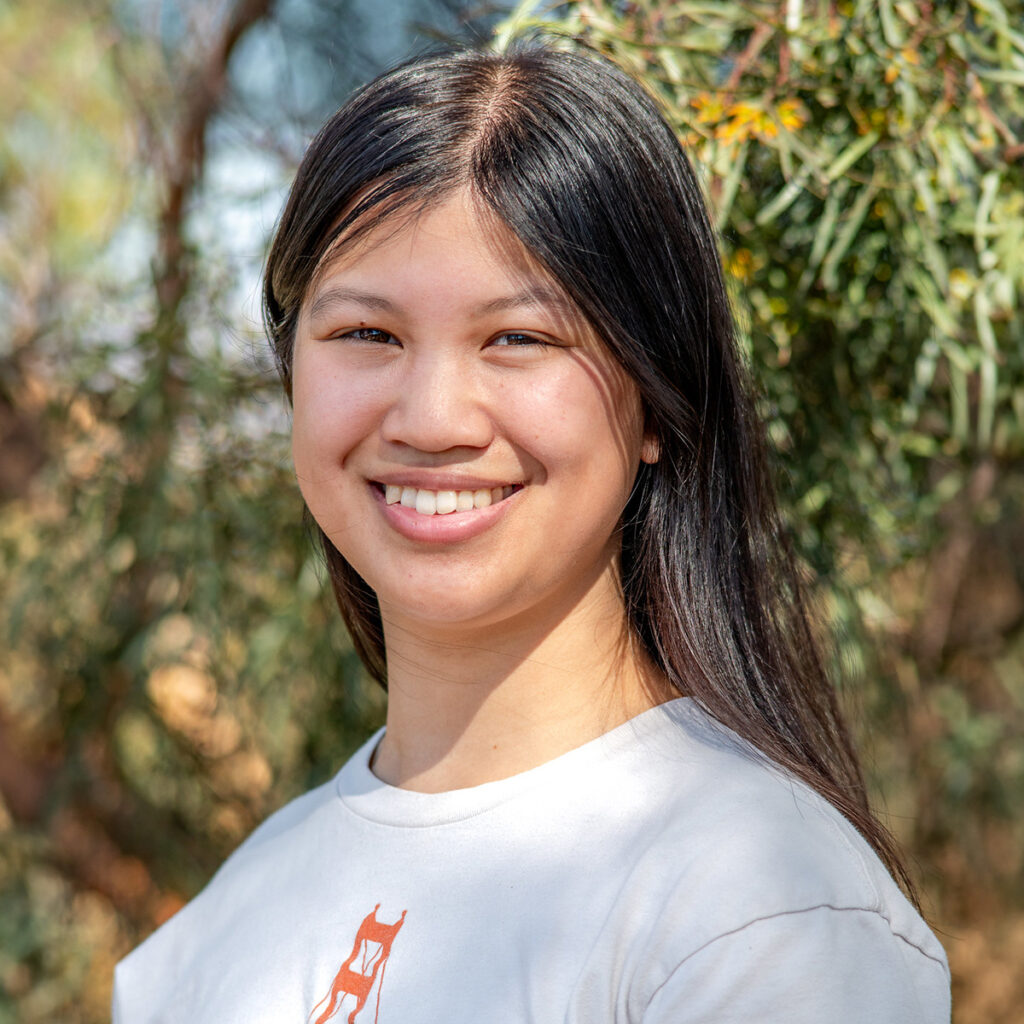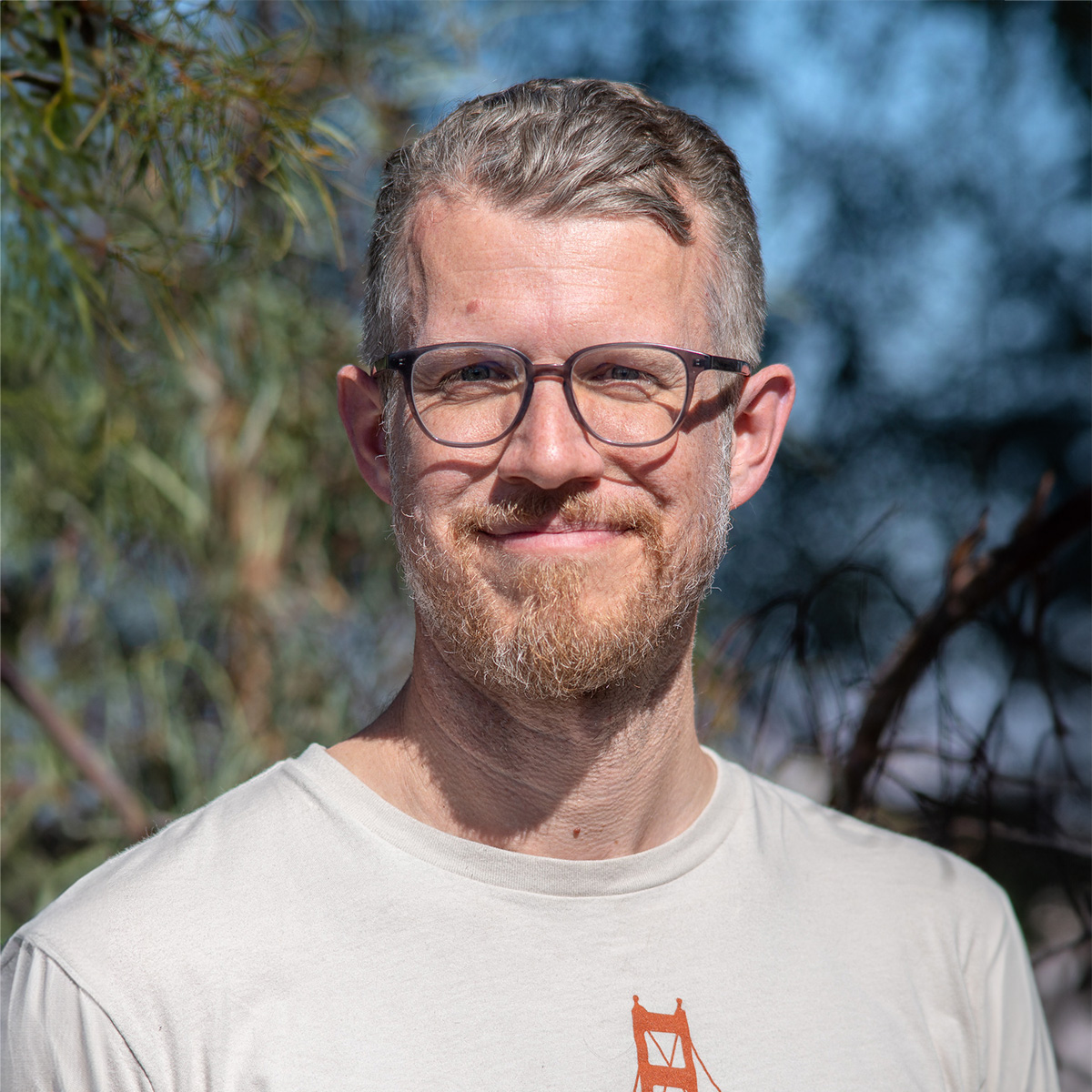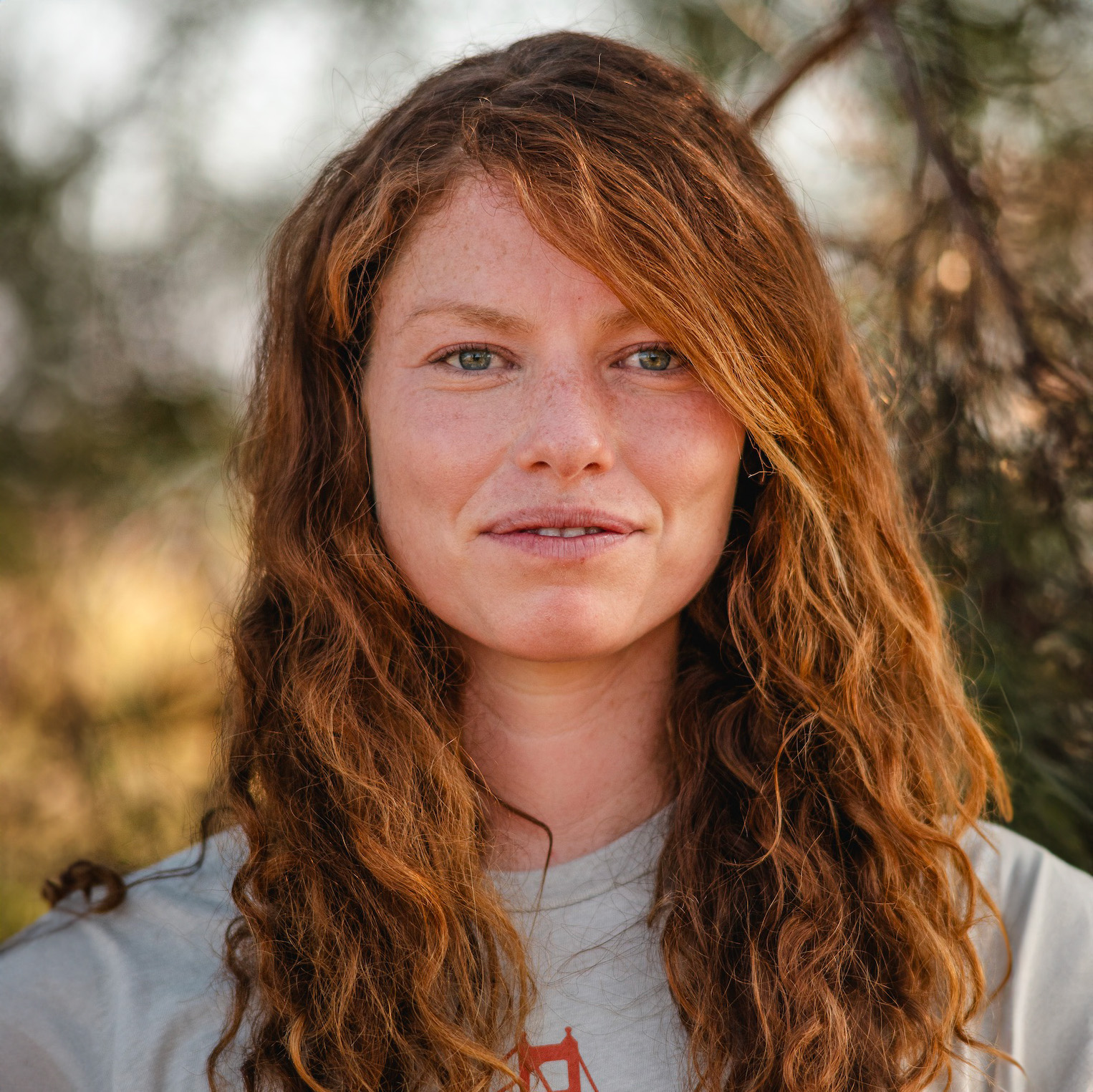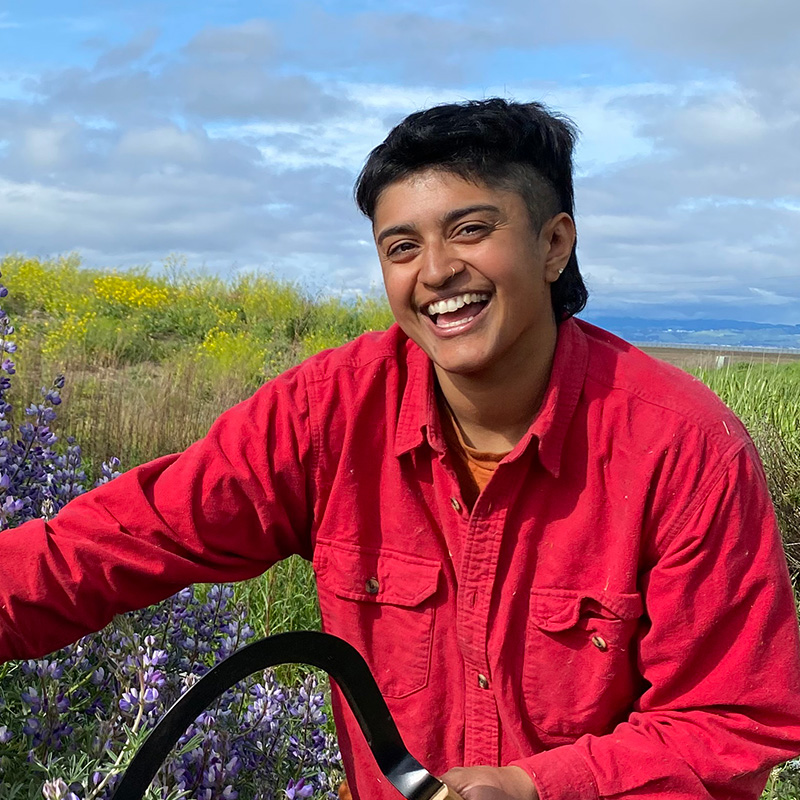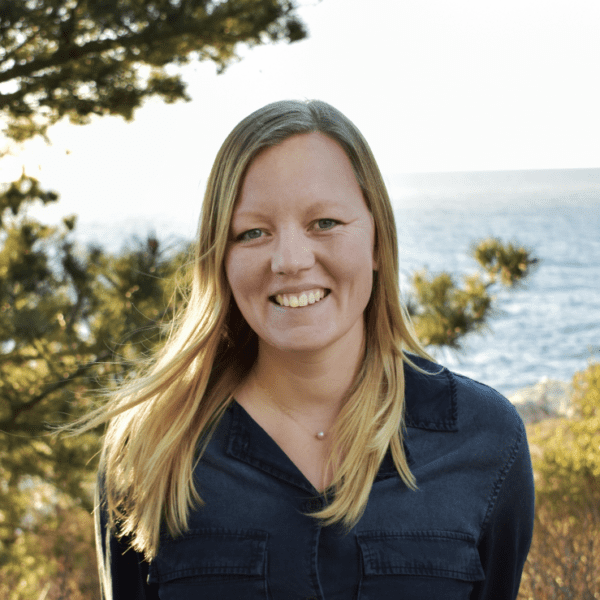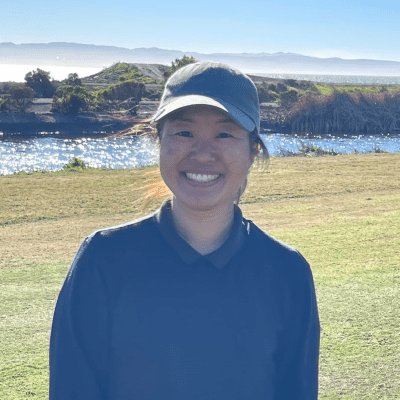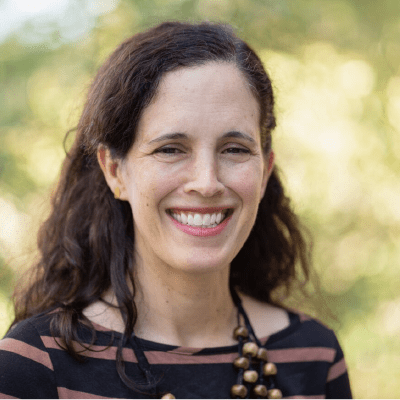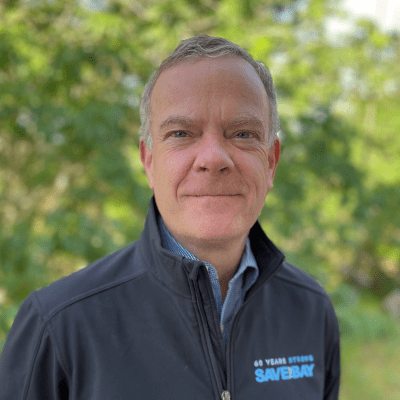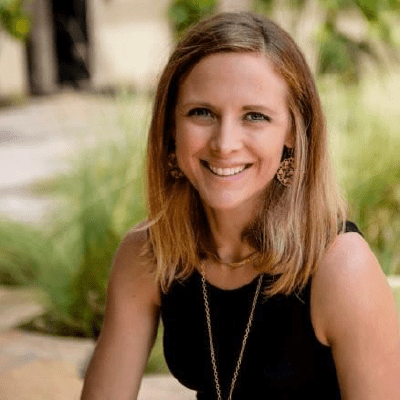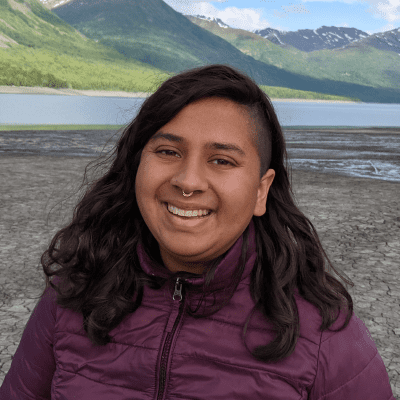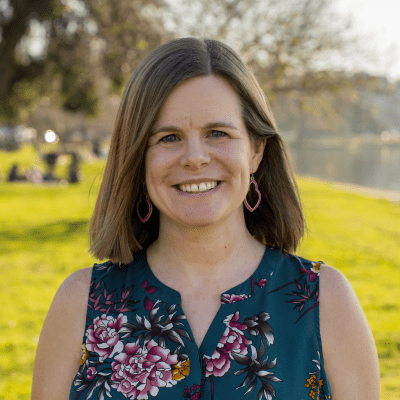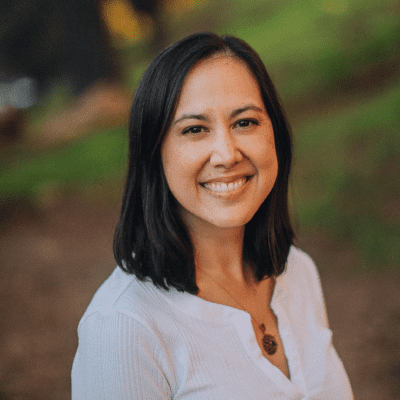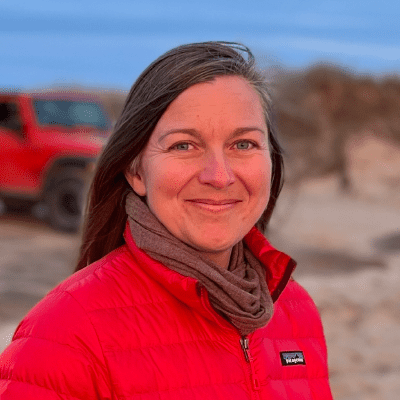We grow many thousands of native plants each year. Spring in the Nursery is particularly busy with propagation just starting to prepare for planting in the winter. There are two different types of nursery spaces that we operate: one is a division bed nursery and the others are container nurseries.
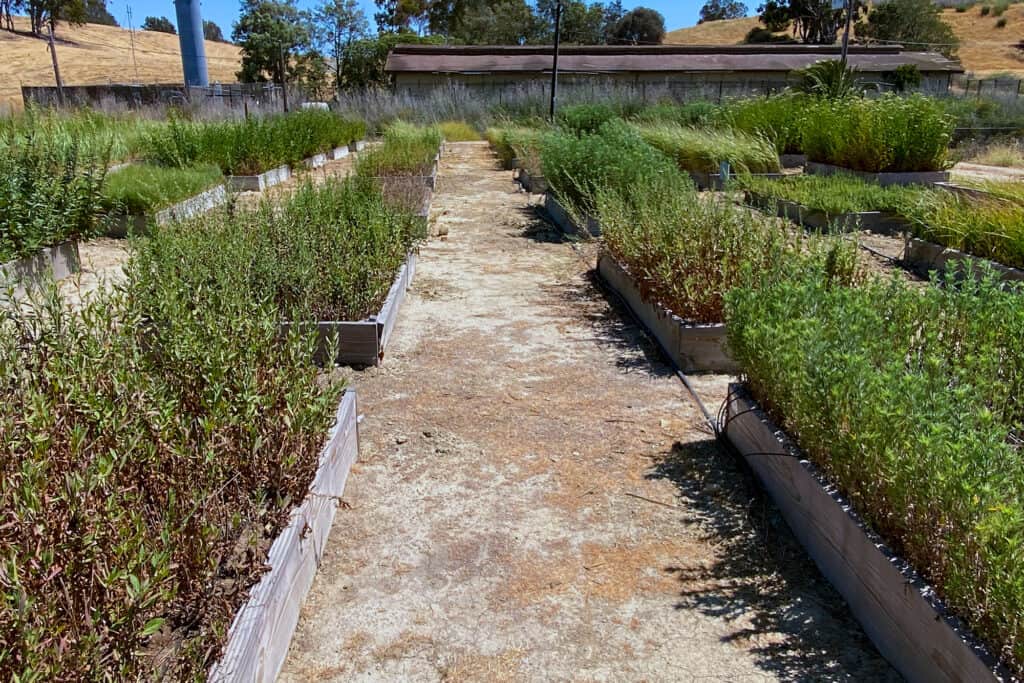
Our division bed nursery has 50 raised beds where we have planted several different perennial native species that spread readily through rhizomes. Rhizomes can be thought of as branches of a plant that spread underground, popping up new plants as they spread. Some examples of rhizomenous species that we grow in our division beds are California Purple Aster, Western Goldenrod and Salt Grass.
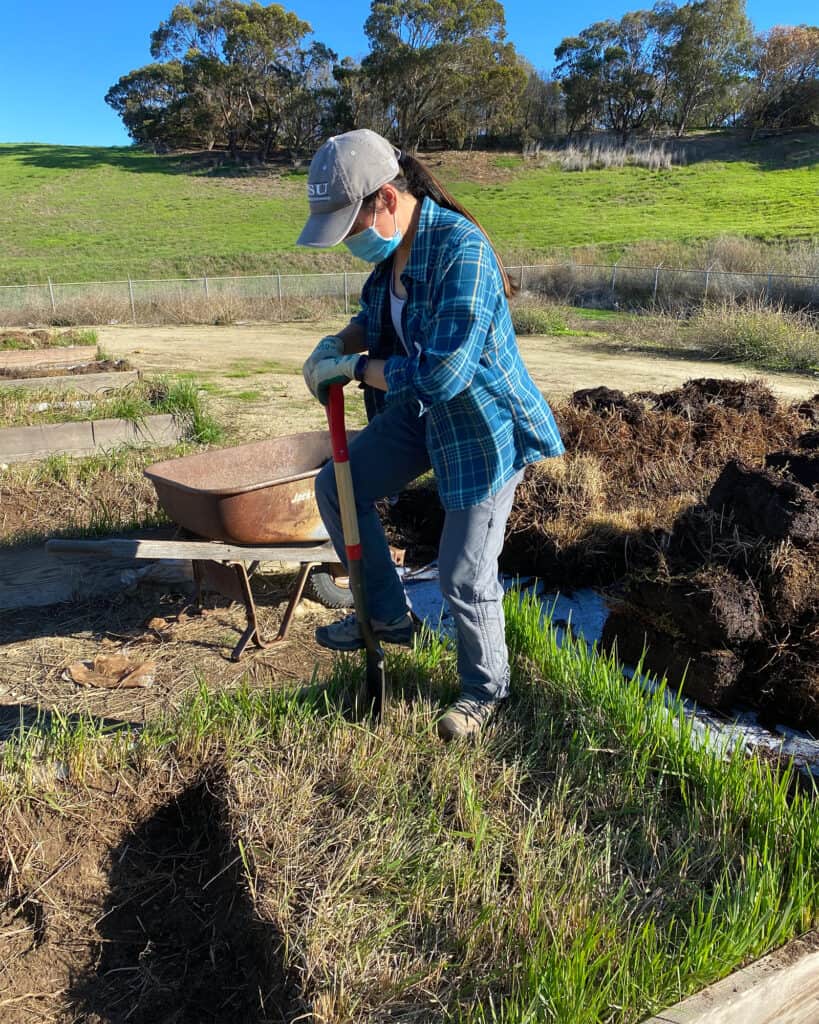
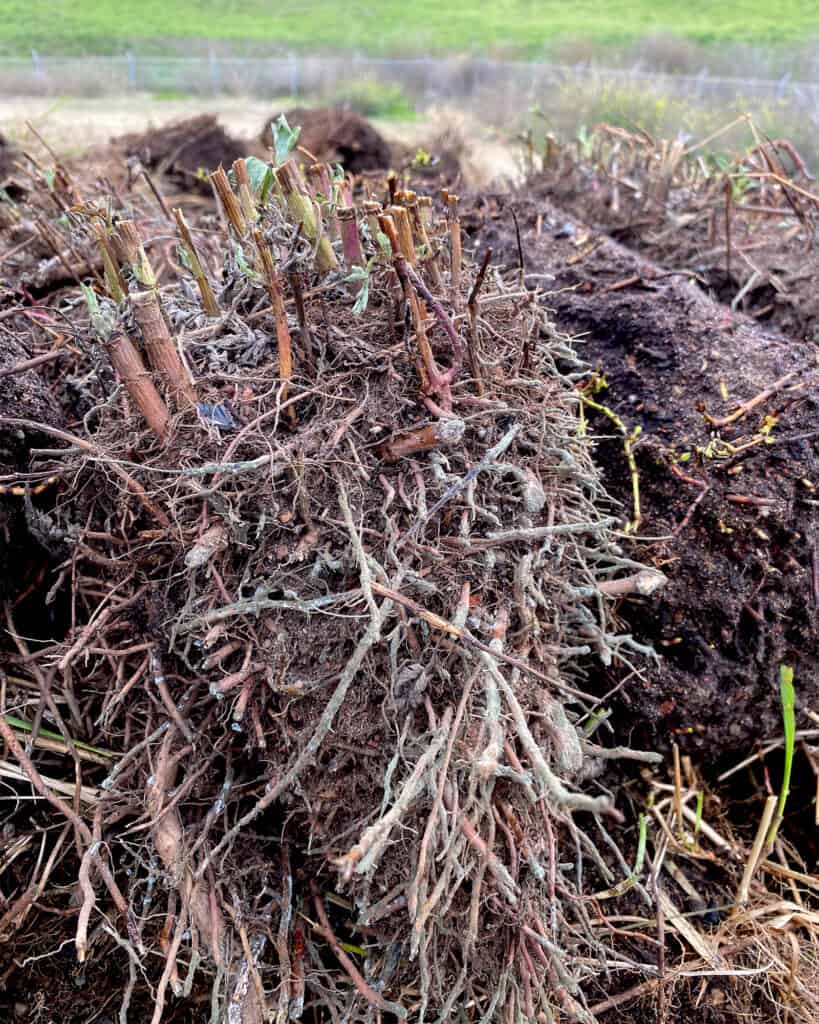
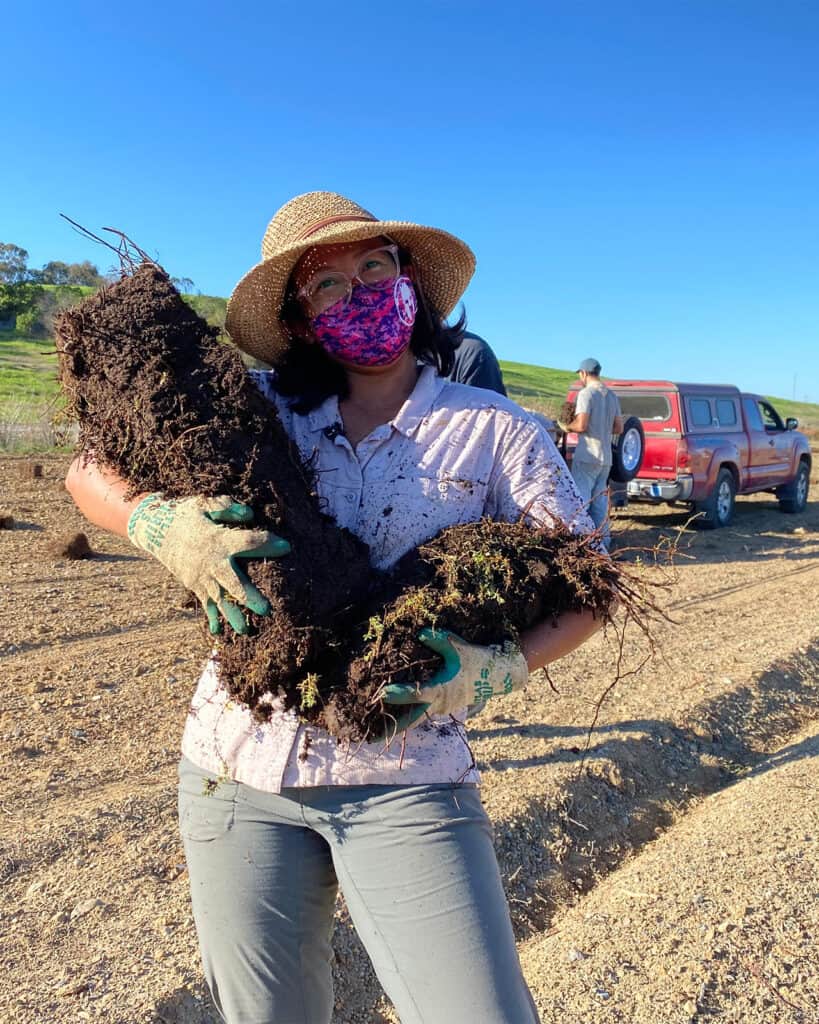
In restoration, we’ve found that by preparing a site with some tilling and simply digging rhizomes into the soil we can actually achieve the same effect as planting a fully grown individual plant from a container. We use rhizomenous material on sites that are many acres and utilize heavy duty farm equipment to prepare the soil and spread the rhizomenous material. This way we are able to cover a lot more ground than if we were planting individual plants. This is why we have a division bed nursery, to source large amounts of rhizomenous material.
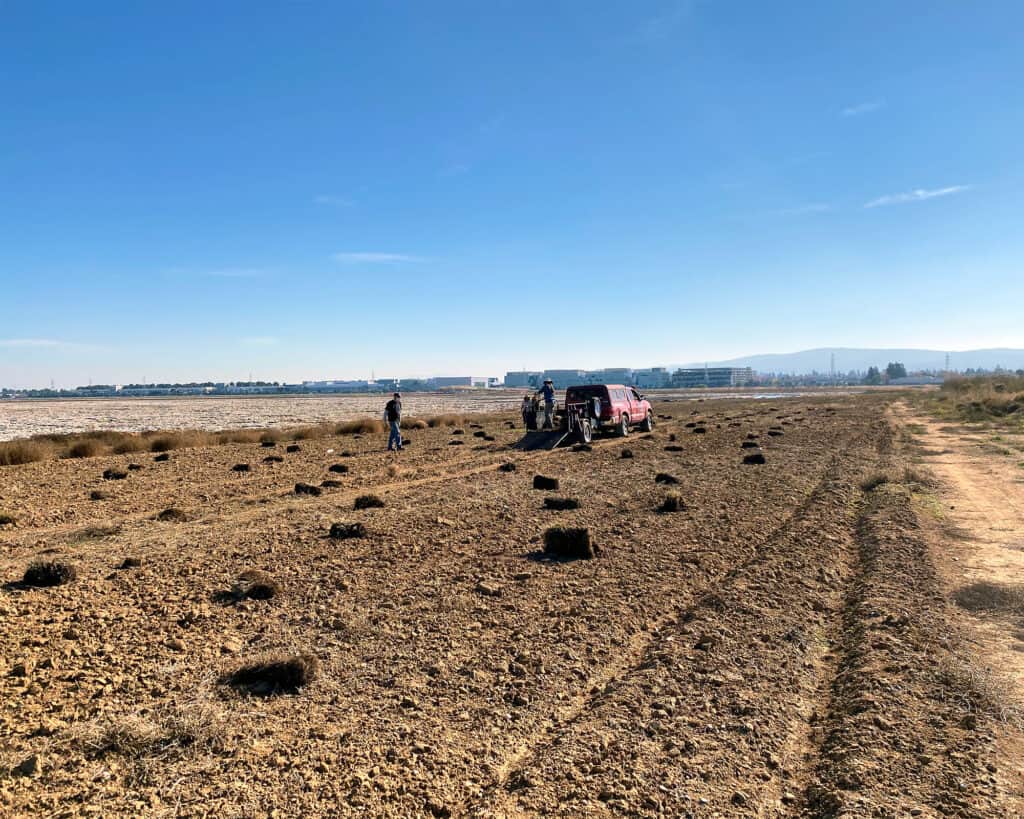
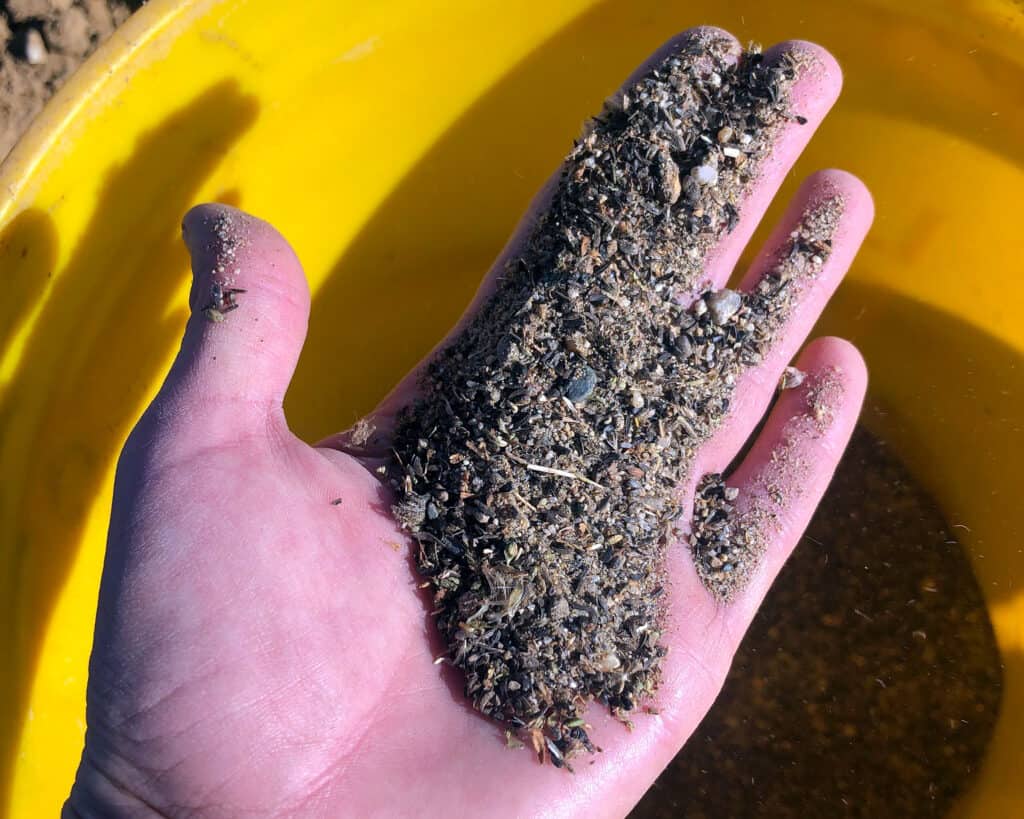
Another benefit of the division bed nursery is that it can actually provide a seed source for massive amounts of seed that we then use in our direct seeding projects which are equally large scale. Our container nursery grows plants from seed that we then use for restoration sites that aren’t quite as expansive as the sites we use rhizomenous material at. The container plants are more appropriate for narrower sites where we can’t utilize large equipment but are still working to remove invasive species and reintroduce natives.

